For over two years, my moka pot has sat in the kitchen cupboard untouched. It was a gift from a fellow caffeine connoisseur, Nathan. I was delighted to receive this, but there were no instructions and I had never really seen them in use. Using the moka pot was something that I had always planned on using, but I always made an excuse when it came to researching and trying it out.
There are many components and techniques to a moka pot (more than just filling up the carafe with water, a filter with coffee, and pressing the on button of my coffee maker). A moka pot has a bottom chamber for water, a small basket for the grounds, and the top carafe that holds the coffee once brewed
I finally decided I would try using the moka pot. I knew it would take some time to get the process right, but I was determined. I came clean to Nathan and told him what I set out to do, and he sent back endless encouragement and some instructions.
I studied Nathan’s text messages and prepared everything I would need: the moka pot, the coffee, a hot pad, and my mug with some oat-milk. I started with filling the bottom carafe with water and pre-boiling (a step that is not strictly necessary but aids the process later). I would come to realize that I under filled the bottom chamber, this was my first mistake.
After heating the water to a gentle boil and removing it from the heat, I carefully scooped my coffee into the filter while making sure not to pack it and placed the filter in the bottom chamber. I carefully screwed on the top carafe and placed it back on the burner. This was my second mistake: I took too long completing the assembly and the water had started to cool.
The moka pot was on the burner ready to brew and I faced a dilemma: what temperature is the correct temperature. The instructions I followed said anywhere from low to medium-high. This was entirely unhelpful. Every stove is different but surely there’s a closer range than “low to medium-high”. I took my best guess and turned the dial to medium.
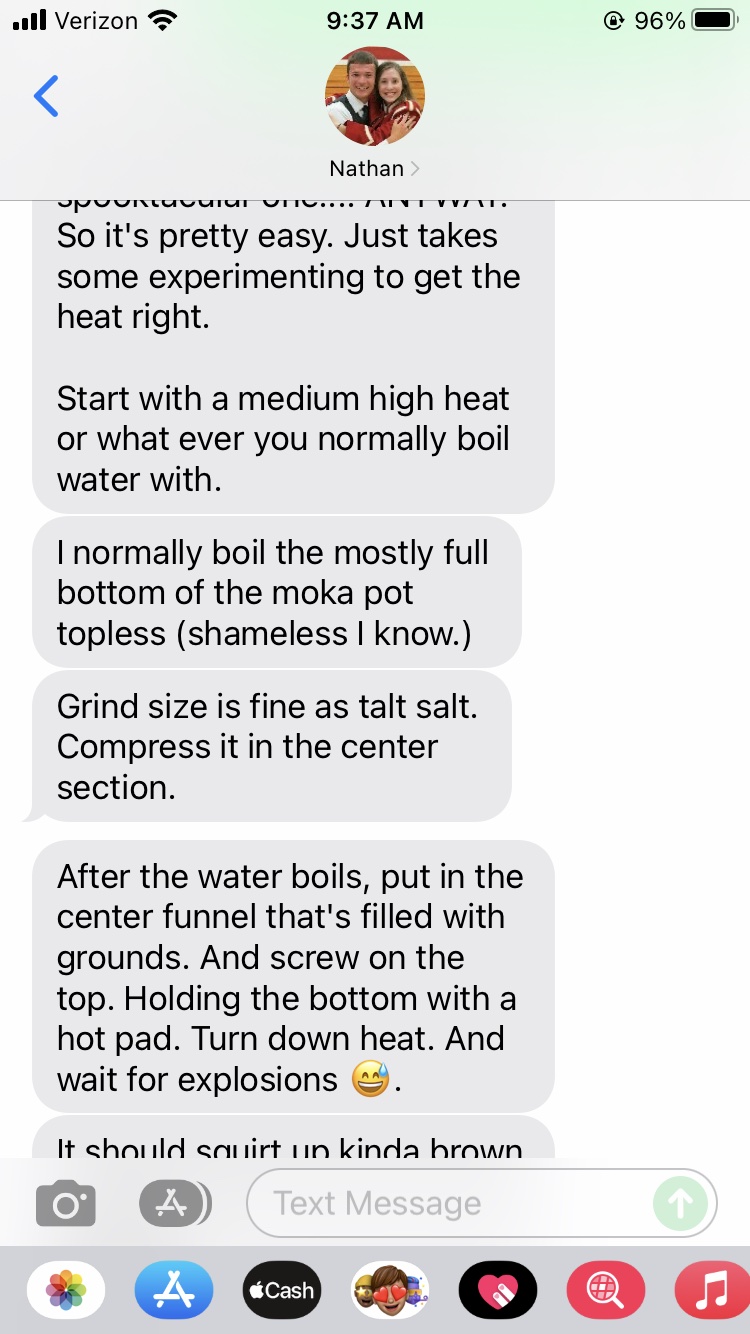
Then I waited.
I could hear the water boiling, see the steam rising from the top of the open carafe, but nothing was brewing. I adjusted the temperature down and waited. Nothing happened. I adjusted the temperature up, and then, finally a drop of coffee spurted up. This was my third mistake: the temperature was too high – I was boiling the coffee in the bottom chamber, and it was not steaming up through the spout in the middle of the carafe like it should have.
After a few more spurts of coffee, I closed the lid and waited. Nothing else happened, and I realized that I had messed up. I took the moka pot off the stove and let it cool.
I was disappointed, but I was not going to let this stop me. I would try again tomorrow.
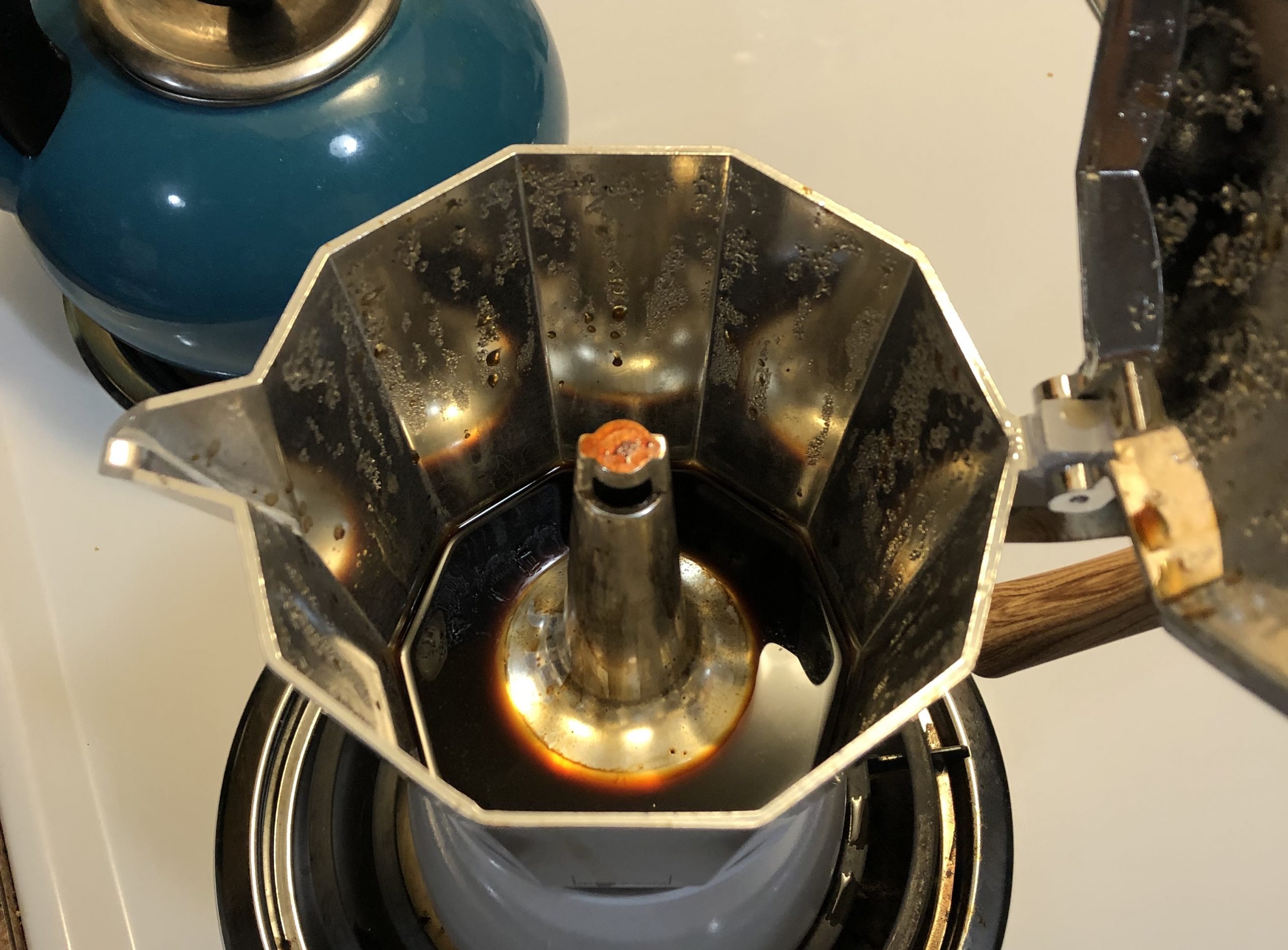
Moka Pot – Attempt 1
My second go around with the moka pot I was not confident I would succeed, but I was at least determined to try again. After consulting Nathan (who assured me that getting the temperature right for brewing was the most difficult part and to be patient while it was brewing) and watching an hour’s worth of moka pot tutorials, I was ready for my second attempt.
I learned that the water needed to be filled to just below the safety value in the bottom chamber and it’s easier to boil the water in a separate kettle instead of the chamber itself.
While the water was boiling, I tried to streamline the assembly process by filling the filter with coffee and placing it in a glass for safekeeping and had everything lined up and handy for when I poured the boiling water into the carafe.
After assembly, I put the moka pot on the stove to brew. Again, I faced my temperature dilemma. I would start at just barely over medium and wait. To resist the urge to turn the dial on the stove, I cleaned up my area in the kitchen while keeping an eye on the pot.
Slowly, so slowly I thought I was having a repeat of the last attempt, coffee started to come up through the spot in the carafe. But it wasn’t just a few spurts, it was a steady, bubbling stream.
I was brewing coffee in a moka pot!
I let it brew a bit more, then carefully closed the lid and removed it from heat to finish brewing.
There were some dregs floating on the top (small coffee sediment) but it had a rich, chocolate color. The smell was robust and strong, but not burned like my previous attempt. The real test was tasting it. I poured myself half a mug and added some oat-milk and a splash of non-dairy vanilla creamer.
I took a tentative sip, and I was pleasantly surprised. It was a bit stronger than normal drip coffee but wasn’t as strong as espresso. The flavor was bold but not overpowering. It was all together enjoyable.
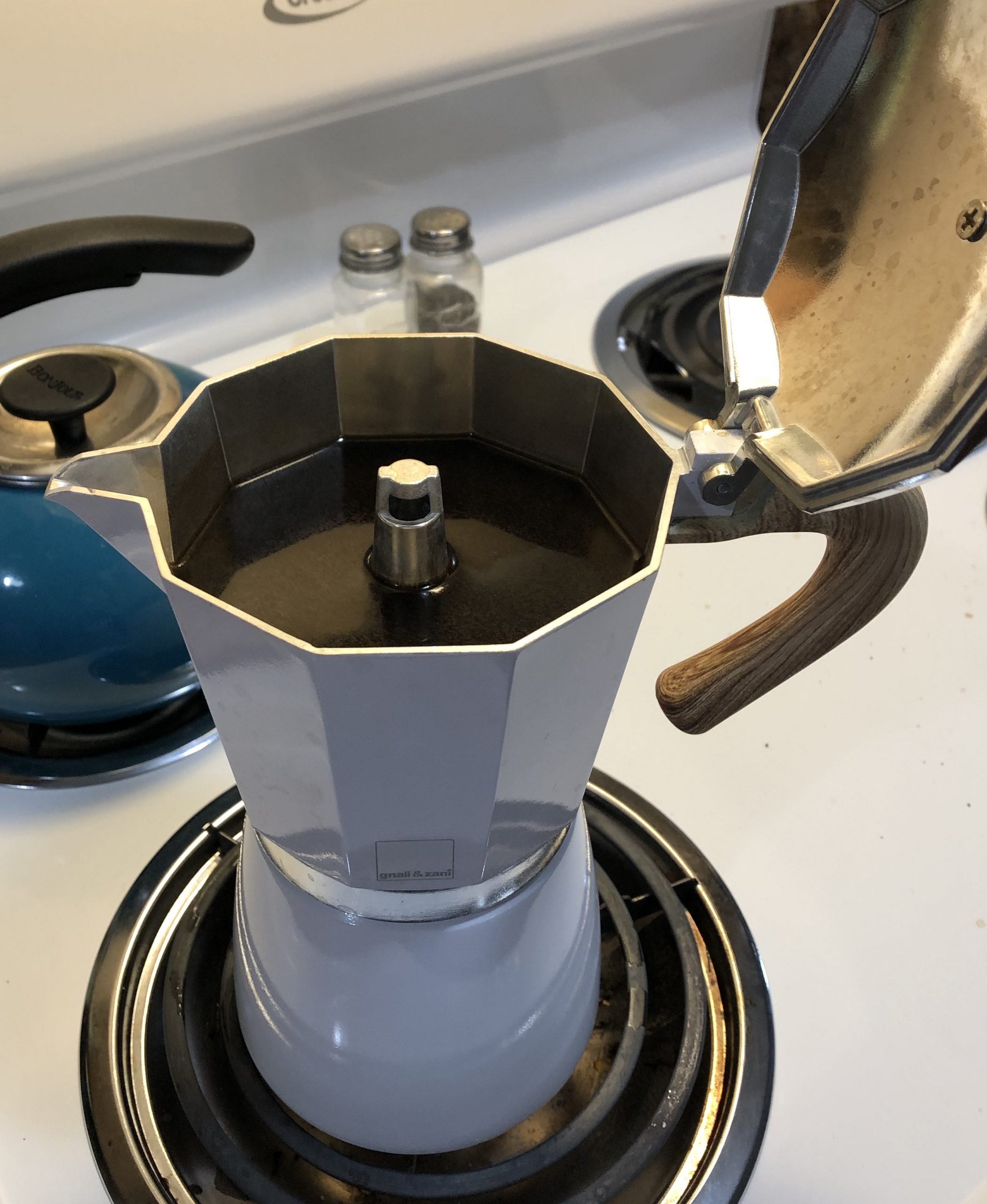
Moka Pot – Attempt 2
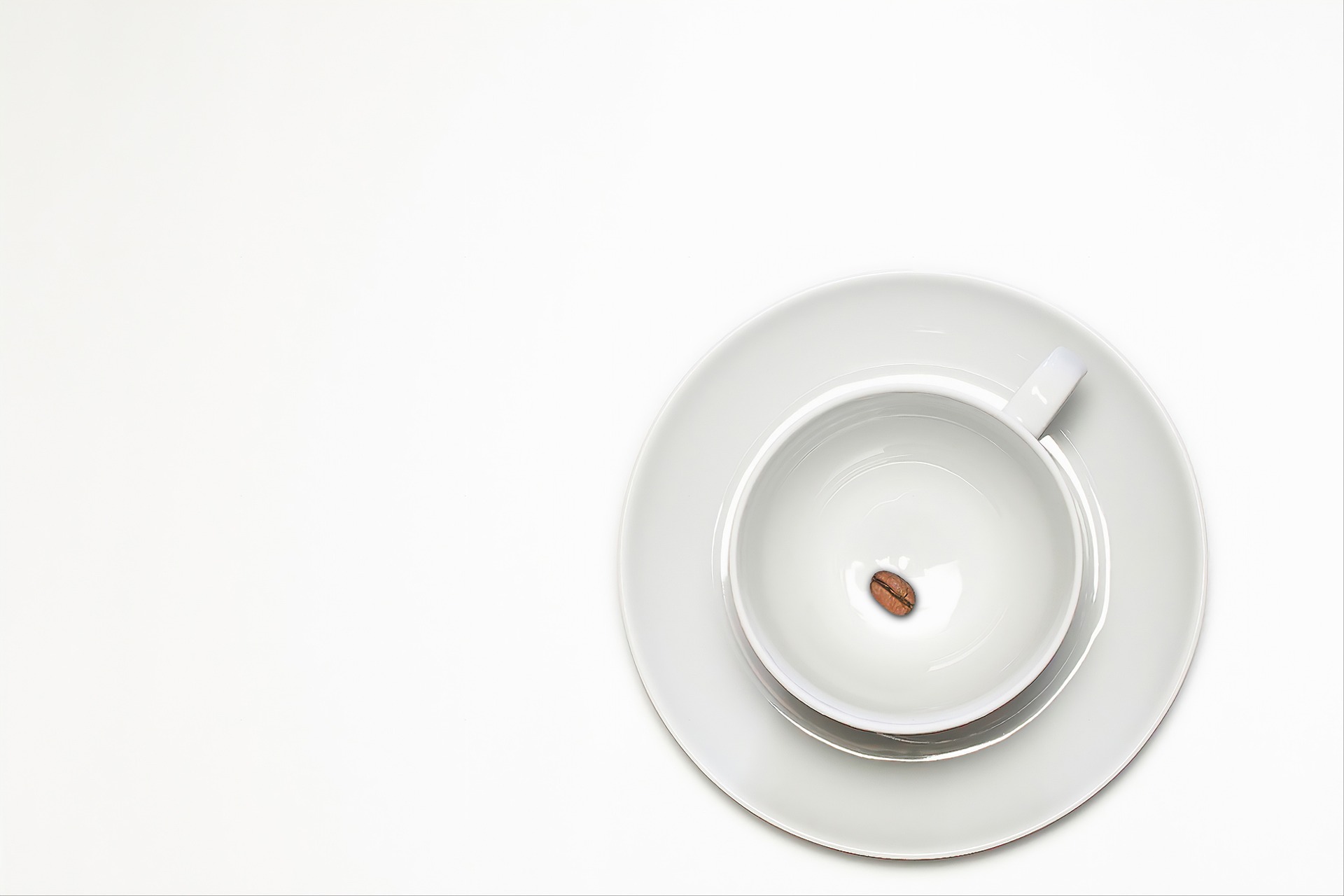

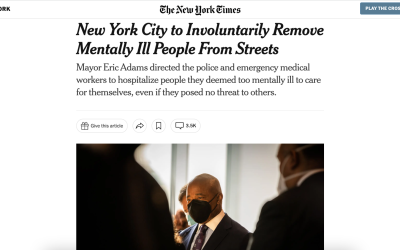
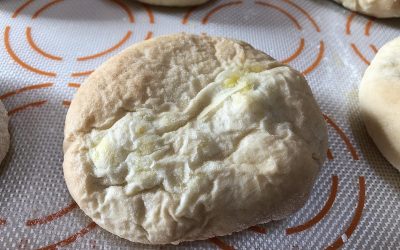
I have owned a couple of Moka pots over the years – even had press-style milk frother to go with it. The second one was particularly nice in that it brewed into a beautiful white ceramic pot. Used it for many years before the seal on the base failed. I’ve long replaced my Moka pots with steam-powered espresso makers, but I still miss the simple elegance of my aluminum and ceramic Moka pot. Thanks for a bringing back all those memories. Coffee can be a ritual along with a beverage, and this commentary really gets at that.